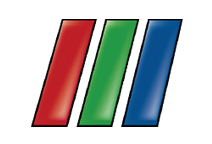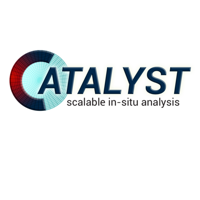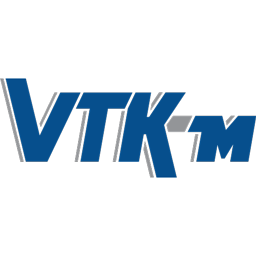
ParaView users can quickly build visualizations to analyze their data using qualitative and quantitative techniques. The data exploration can be done interactively in 3D or programmatically using ParaView’s batch processing capabilities. ParaView was developed to analyze extremely large datasets using distributed memory computing resources. It can be run on supercomputers to analyze datasets of exascale size as well as on laptops for smaller data.

Catalyst is an open-source data analysis and visualization library designed to be tightly coupled with simulation codes. It can be directly embedded into parallel simulation codes to perform in situ analysis at run time. Catalyst leverages the Visualization Toolkit (VTK) for scalable data analysis and visualization. Furthermore, it can be coupled with the ParaView In Situ Analysis Framework to perform run-time visualization of data extracts and steering of the data analysis pipeline.

Cinema
An open-source, image-based approach to extreme-scale data analysis
Cinema is an open-source, novel framework built on top of ParaView that couples processing exporters and a client user interface for output analysis using images or other types of reduced data. Cinema captures images based on several camera positions and filter configurations.

BEE
A framework for creating build and execution environments
High Performance Computing (HPC) systems have become critical infrastructure for science and industry. However, legacy applications and variations in system configurations mean that applications must be configured and built for specific HPC environments. Building multiple environments requires a significant investment of time and effort or additional technical knowledge. To simplify this, we’ve created a lightweight, portable environment to run on almost any current HPC system. We call it BEE: Build and Execution Environment.
The goal of BEE is to create a unified software stack to containerize HPC applications into a package of code (usually binaries) and all of that code’s dependencies (libraries, etc.). Once built, the container can be run on many different platforms. The execution environment on each platform will download and install (for this application only) all of the applications and dependencies into an isolated user environment and then execute the code.

VTK-m
An open-source, portable cross-platform framework for data-parallel visualization operators
One of the biggest recent changes in high-performance computing is the increasing use of accelerators. Accelerators contain processing cores that independently are inferior to a core in a typical CPU, but these cores are replicated and grouped such that their aggregate execution provides a very high computation rate at a much lower power. Current and future CPU processors also require much more explicit parallelism. Each successive version of the hardware packs more cores into each processor, and technologies like hyperthreading and vector operations require even more parallel processing to leverage each core’s full potential. VTK-m is a toolkit of scientific visualization algorithms for emerging processor architectures. VTK-m supports the fine-grained concurrency for data analysis and visualization algorithms required to drive extreme scale computing by providing abstract models for data and execution that can be applied to a variety of algorithms across many different processor architectures.

SciVisColor
Working with COSIM climate modelers at LANL artist Francesca Samsel and the Data Science at Scale Team developed colormaps that enable scientists to see more detail within their simulations. The colormaps move through changes in hue, saturation and value to create a longer line through colorspace. The maps have been user tested for their ability to show even and accurate detail. Details for the colormaps are available at the ‘More Information’ link below. A number of these colormaps will be incorporated by Kitware into the next release of ParaView as discussed at the ‘External Information’ link below. The new colormaps draw a longer line through color space by independently specified H, S, and V values. Some maps have 20 control points, others over 40. Removing some control points, as long as you are adjusting in LAB space, is fine, but you will lose some of the detailed color contrast which is what makes these maps effective.